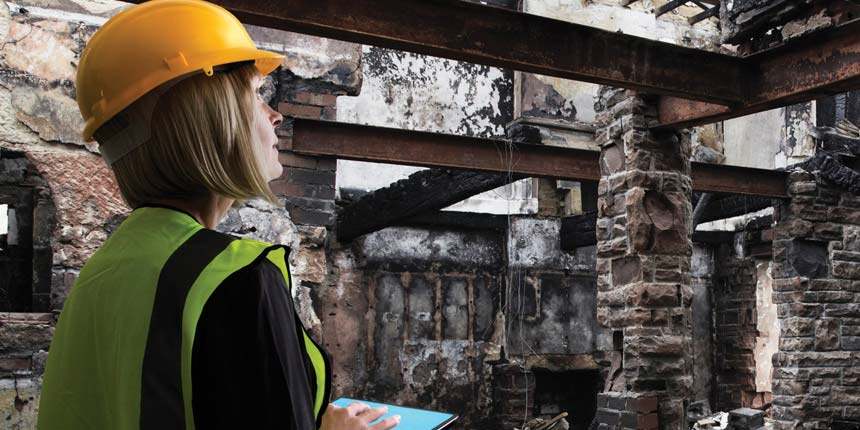Fire safety advice in the home
There are potential fire risks throughout your home, knowing where they are and what to do to mitigate risks can greatly reduce the likelihood of a fire.
Prevent fires before they happen with help from our fire safety guidance.

Most fires are preventable with some easy maintenance and simple checks. Fire safety should form part of any risk assessment but there are some more specific steps to take when it comes to preventing fire.
The Regulatory Reform (Fire Safety) Order 2005 applies to non-domestic premises. To comply with the regulations, a responsible person must conduct a comprehensive risk assessment to identify:
The responsible person will be one of the following:
The responsible person must appoint one or more competent persons. Where five or more persons are employed, a formal record of any significant findings and remedial measures which have or may need to be taken must be made.
You can find full guidance on GOV.UK - fire safety law - guidance for businesses.
A fire risk assessment will need to be carried out by the responsible person on a regular basis. Where appropriate, action should be taken to reduce fire risks.
To help you get started identifying fire risks you can download our fire safety guidance notes and complete our fire risk assessment checklist docsbelow.
You can also download a template fire risk assessment for simple workspaces from The Fire Protection Association.
For obvious reasons, kitchens often contain more fire hazards than other parts of a building. There are two main ways fires tend to start in kitchens:
Due to the heightened risk of fire in kitchen spaces, we have created specific guidance to help docsprotect against kitchen fires.
Checks can be carried out to identify hazards on your premises which may increase the risk of arson:
An arsonist will find it harder to attack a building where there is potential they will be caught in the act. Security measures such as external lighting and CCTV not only make intruders visible, they act as a visual deterrent to anyone looking for an easy target.
If a property is occupied it gives less opportunity to potential arsonists. Engage with your local community and neighbours in nearby properties. By encouraging them to report anything suspicious to you or the local police you can further reduce the opportunity for those looking to cause damage.
For detailed advice on how to prevent arson, download our arson guidance notes below.
